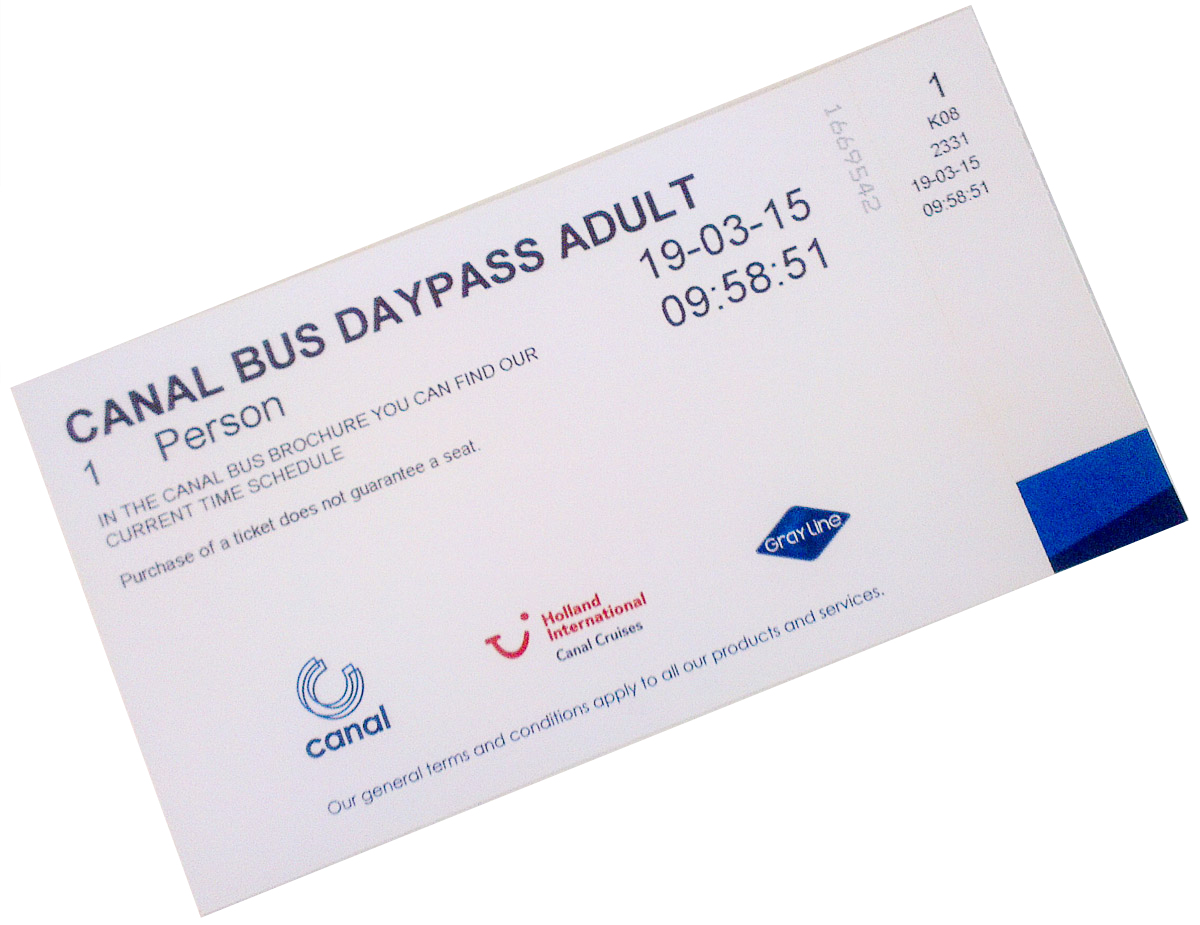 Arrive in Amsterdam by train and you’ll pass through the impressive Amsterdam Central Station (look out for the piano and stop to tickle the ivories if you have time and a little talent) and you’ll emerge into the ‘centre of getting started’.
Arrive in Amsterdam by train and you’ll pass through the impressive Amsterdam Central Station (look out for the piano and stop to tickle the ivories if you have time and a little talent) and you’ll emerge into the ‘centre of getting started’.
You can catch a tram because there are multiple lines that seem to converge right here, or you could check out your options at the Tourist Information Office right over the road. This is where you can collect maps and ideas, especially if you’ve only one day and you want to make the most of it.
We decided that a day Canal Pass would be the way to go so we passed over our Euros and discovered that we could also buy a ticket for the Van Gogh Museum at a small discount at the same time. This would also get us in ahead of the queues, a big plus.
We did get to
The Van Gogh Museum – We were very glad we’d bought our ticket with our Canal Pass, it may have been a week day, but the queues were long and we were able to get in quite quickly. Once you pass through the security, first stop is the Cloakroom to deposit jackets, larger backpacks and cameras. This is a no camera museum and there’s plenty of security.
If you’re hoping to see Van Gogh’s beautiful ‘Starry Night’ painting, you’ll not find it here, it’s in the Musée d’Orsay in Paris. But much of the rest of his work is here, including a range of his self portraits and work of his contemporaries and friends. This is truly a story of the life of the artist, with the works originally collected and exhibited by his nephew Vincent Willem van Gogh who was a prime mover in setting up the museum.
Not satisfied with a quick peek, we stayed a lot longer than expected and decided to enjoy our lunch in the museum restaurant. There was a healthy array of food on offer and the prices weren’t unreasonable. If you are lucky enough to find a spot near the window, you can enjoy the view over the Museum Square (Museumplein) as you eat.
Because we spent so long in the Van Gogh Museum, we didn’t have time to visit and fully appreciate the extensive collection of other Dutch art in the Rijksmuseum, though we passed through the arched corridor between the two main wings on our way from the canal. We did enjoy the sculptures in the Museum Square and admired the exterior of the home of Dutch modern and contemporary art, Stedelijk Museum at the opposite end of the Square.
We missed
There’s a long list of places we missed, obviously, but we did pass by many of them as we passed by on the canals – the Hermitage Amsterdam on the Amstel River is a branch museum of the Hermitage Museum in Saint Petersburg, Russia, the old Heineken Brewery, Concertgebouw (The Royal Concert Hall) and the National Opera building. Gardeners would enjoy a visit to the Hortus Botanicus Amsterdam (Medicinal garden) also passed on our canal trip.
Other markets we missed were the Waterloopleinmarkt flea market operating in Waterlooplein for well over a century, with close to 300 stalls. the market opens every day except Sunday from 9.30 am to 5.30pm and is especially busy on Saturdays.
The Flower market (Bloemenmarkt) is a floating flower market, open every day from 9am and has been operating for over a hundred and fifty years. Both the Waterloopleinmarkt and Bloemenmarkt are within the city area, within easy walking distance from our route, had we had the time. There’s also a thriving red light district close to the Nieuwmarkt, a good place to buy organic food and ornaments and there’s a farmers’ market there on Saturdays.
We discovered
The first thing we discovered was a large sign at the station entrance advising how many people had died of drug overdoses in the past few months. A sobering sight.
The canal trip was a tourist type ride, rather than a water taxi, so there was a commentary. From this we learnt a little about the buildings, locks, bridges and gardens we were passing and learnt that the hooks on the front of many of the buildings, high up on the pediment were a reminder of the city’s history as a port, where the buildings had storage for the goods and the hooks were there for raising the loads.
As we waited for our canal boat to arrive to continue our journey after our trip to the Van Gogh Museum, we made a decision not to continue along the canal to the House of Anne Frank, famous for it’s long queues as well as it’s history. Instead we decided to walk through the centre of the city back to the Station. We passed close to the the Flower market as we headed back to the station.
The Royal Palace on Dam Square, apparently was built as a city hall during the Dutch Golden Age in the 17th century. Had we not known what to look for, there was little to indicate that this was a Palace. No high fences or guards, just a hot dog stand.
Eating on the go
Hot dogs on Dam Square in front of the Royal Palace, lots of food on Damrak as we headed for the Station, quite a lot of oit appeared to be fast food or things you could eat standing at one of the tall tables.
We stopped off at a fresh food and supermarket as we passed along Kalverstraat. We found very reasonably priced meals – meat and a choice of vegetables which could be packet and taken away. That came in handy when we reached the ferry and were able to enjoy the food for dinner.
There’s a reasonably decent make it yourself coffee stand just inside the small mini market in Amsterdam Central Station, just near the Baggage Storage.
Getting around
Amsterdam Central Station is a ‘stand-out’ example of Dutch architecture, from where you can connect to the canal boats and trams easily. If you need to leave your luggage for later collection, the Baggage Storage lockers are located at the platform Entrance/Exit. You need to use a credit card or European Debit card, to use them, but we found the large locker quite sufficient for all our bags.
The canals – although we bought a full day ticket for the Canal bus we didn’t make full use of it because we decided to walk back to the station.
However, the points that did make it worth the purchase were:
- You pass many places of interest, understandable because the city is built around the canals
- There’s a commentary which describes what you are passing, with a little of the background, historically and architecturally
- You can hop on and off as you you wish
- free wifi is available at many of the jetties to use as you wait for the next ‘bus’
- This bus has three different routes to choose from, with intersecting points where you can change depending on the itinerary you’d like to follow
- As earlier noted, we were able to pre-purchase museum tickets that saved a little and gave us priority entrance
Trams – although we didn’t actually ride on the trams, there are a number of routes with the lines converging on the Central Station.
Walking – As confirmed ‘city walkers’ we found the city easy enough to walk, though comfortable shoes are a must. Some areas with cobblestones and steps would be challenging for those using wheelchairs or other mobility aids.
The plusses of walking:
- You can stop as and when you like – for food (including the local delicacies), making a purchase or just to watch the people passing.
- It’s easy to change direction – if you notice something in a side street or an interesting diversion, it’s possible to investigate
- Getting lost or taking a wrong turn is often a good thing. We’ve discovered many things we would otherwise have missed had we been in a bus or car.
- If you’re tired, you can hop on a passing tram or bus and see where it takes you.

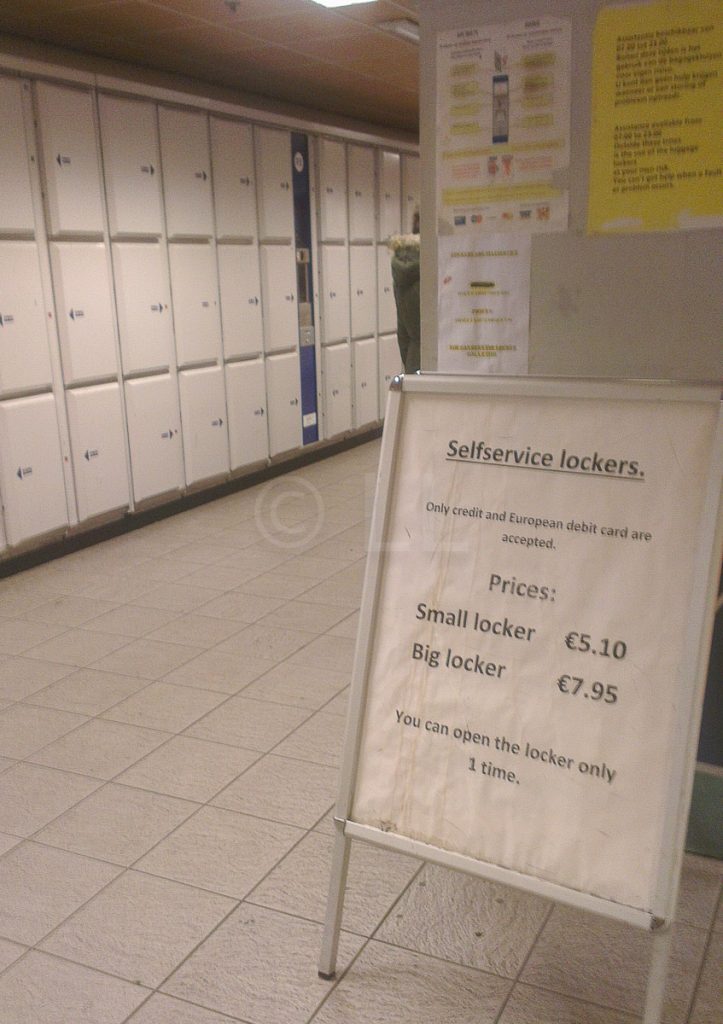
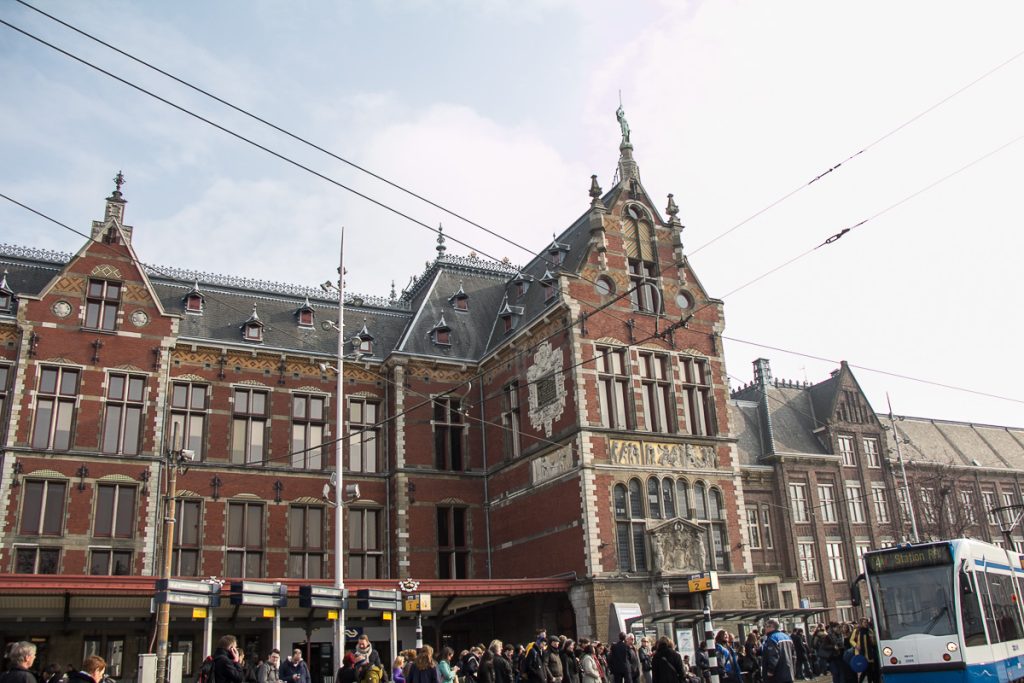
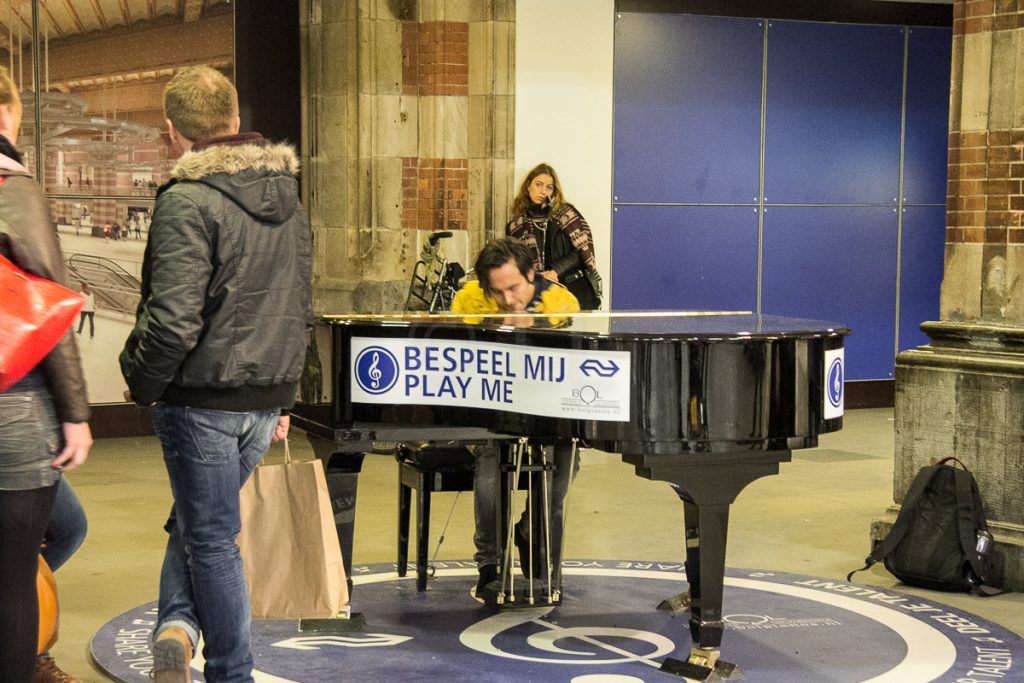
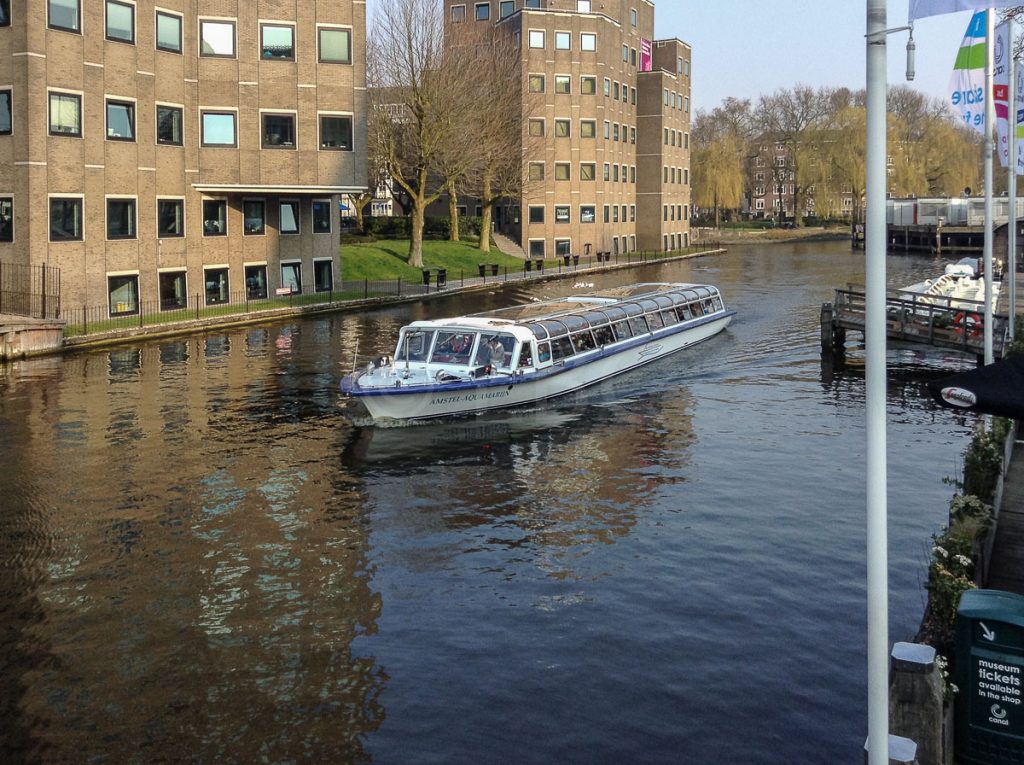
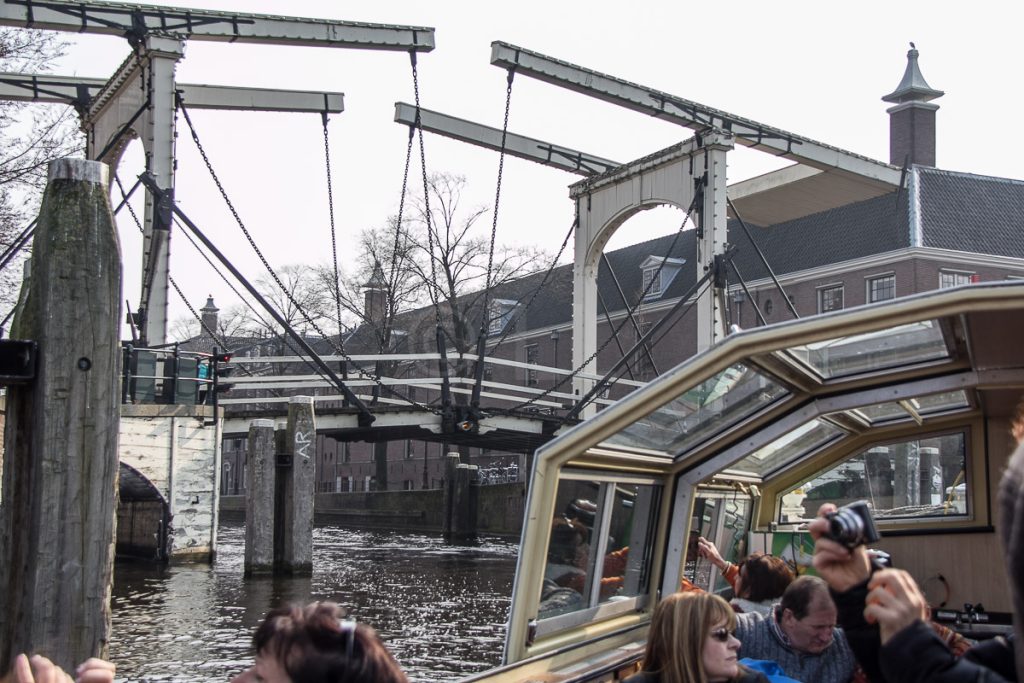
images ©LL




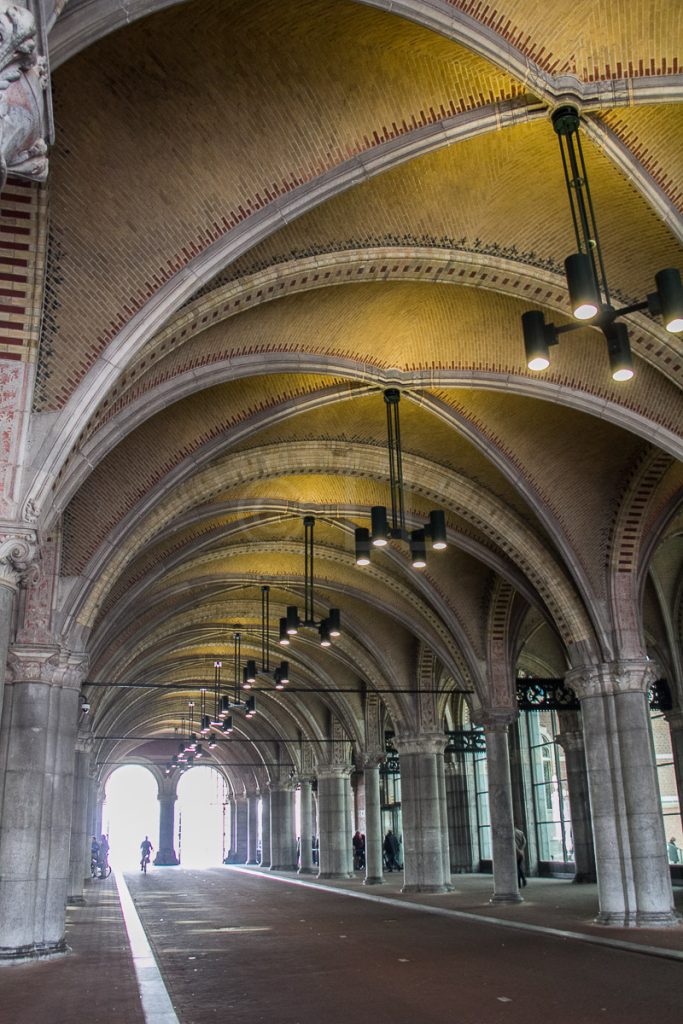


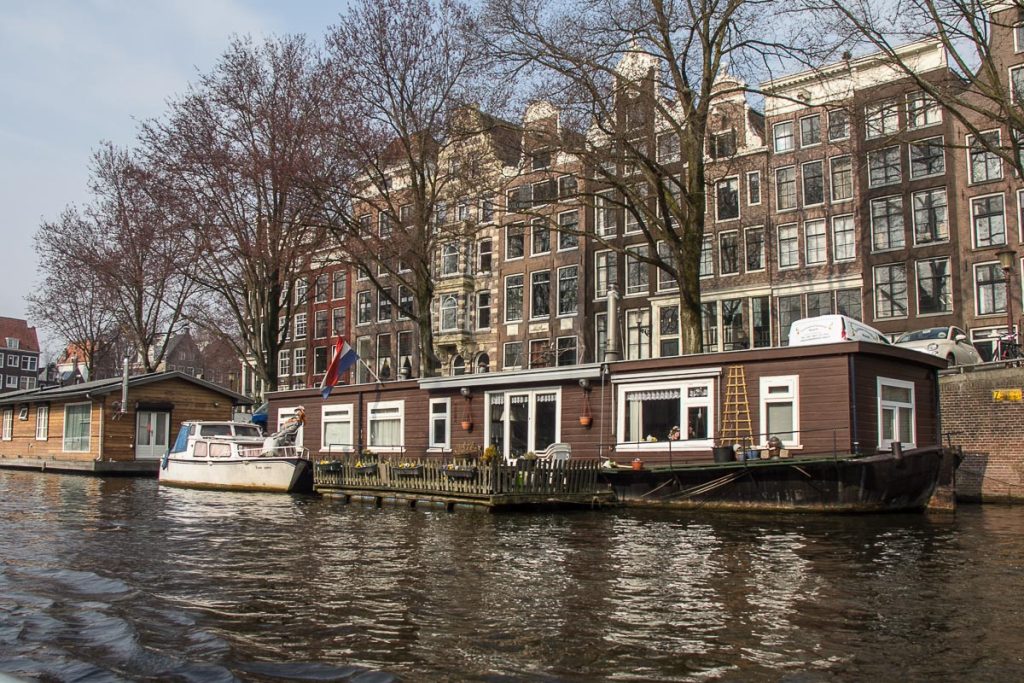
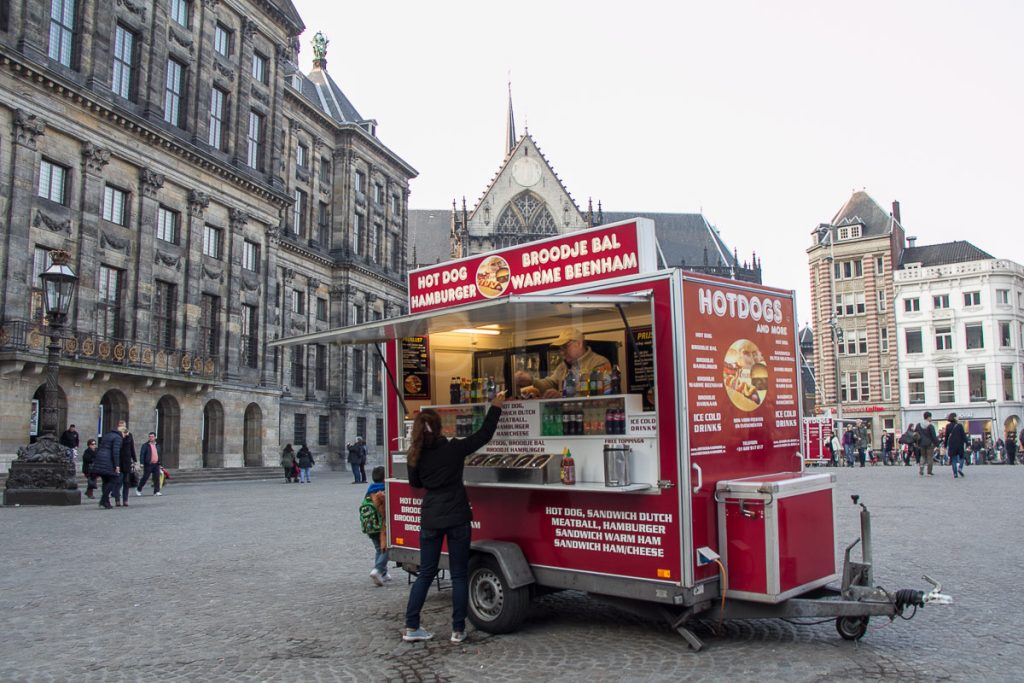
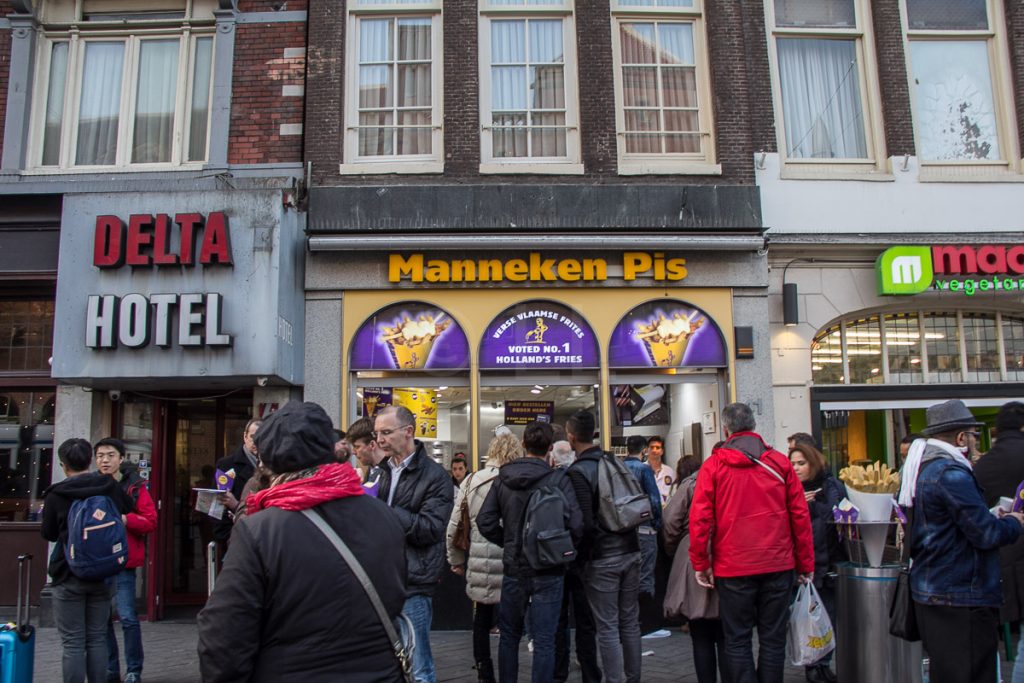







This Post Has 0 Comments